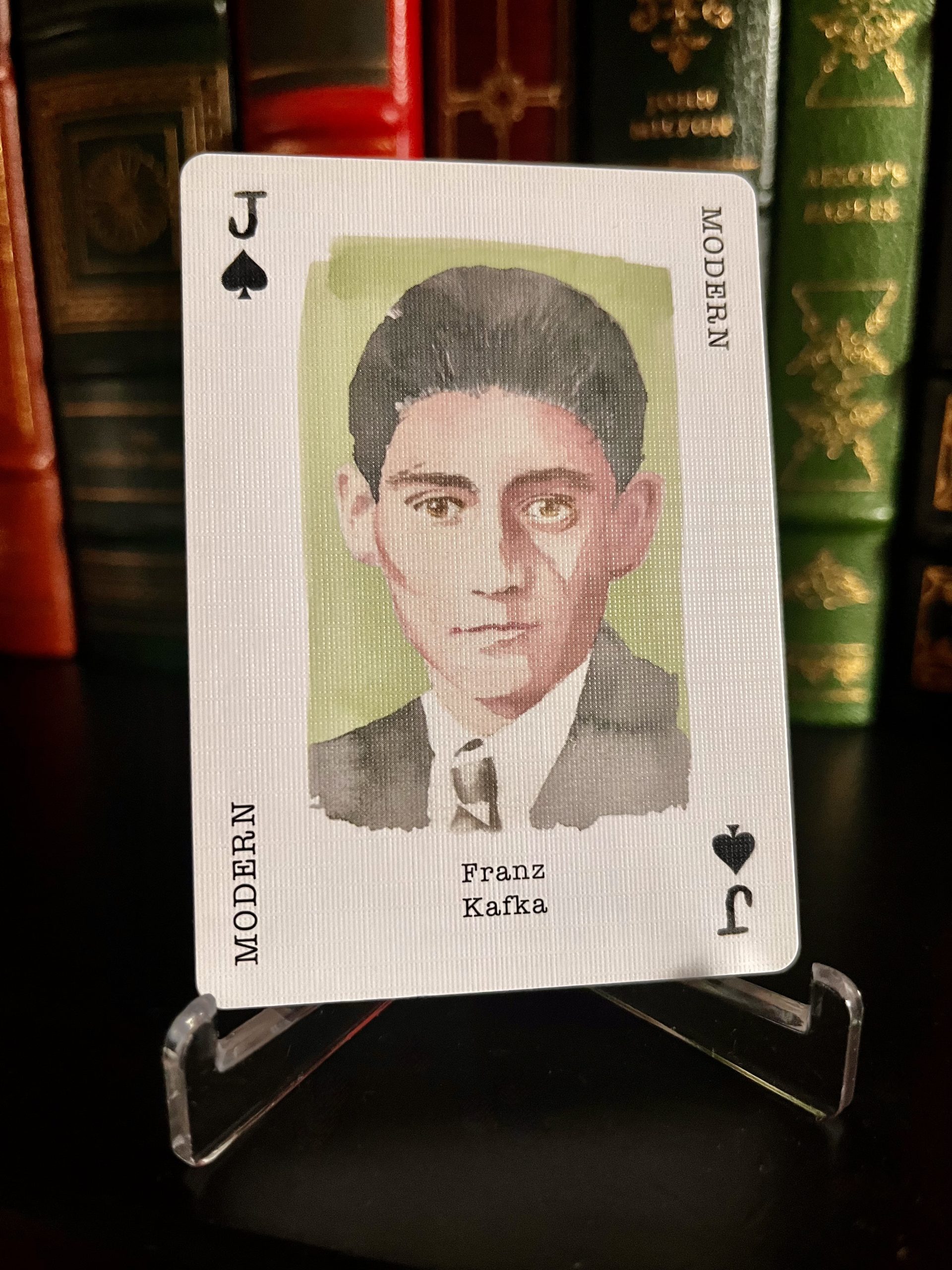news
Two Descriptions of John Berger

Editor’s Note: John Broening is a regular contributor. His column note:
I’m a lapsed member of the Church of Theory. I don’t believe in Theory anymore, but I do believe in criticism.
What is criticism? Criticism is a kind of trenchant social commentary, credo, and witty, freewheeling philosophizing exercise whose starting point is the individual work of art. This has been the m.o. of the great critics: Dr. Johnson, Matthew Arnold, Susan Sontag, Dwight MacDonald, Clive James (Hell, let’s even throw Benjamin in there!).
What criticism means to most people, alas, and certainly to those who write on the Internet is a kind of consumer guide. Ever since the age of Reagan, the consumer guide — thumbs-up, thumbs-down, 4 out of 5 stars, cheers/jeers — is what most of the audience for art expects. Pace Eagleton, this isn’t commodifying the individual, but it is commodifying the work of art.
I’m conscious of not tailoring my style to this medium, of writing an archaic, overcomplicated literary prose for a medium that depends on a language whose meaning can be grasped instantaneously. But I have a problem with the language — with the sloppy, snarky, write-before-you-think dialect that has become the Internet’s lingua franca.
Here, among other things, I’ll explore my weakness for forgotten works of literature; even if they are barely worth revisiting, they often remind us of what we have lost in our culture.”
Two descriptions of John Berger. The first is from Kingsley Amis: Amis recalls seeing a violently animated Berger having a heated exchange with a Maitre d’ at a restaurant, his hands resembling ‘two airplanes in mid-dogfight.’ Amis tells us that he thought a scuffle was about to break out, but it turned out Berger was merely confirming a reservation.
We have every reason to mistrust Amis’s account, to believe he would go out of his way to make Berger look ridiculous: Berger — politically radical, artistically experimental, Anglophobe — represented everything the Blimpish Amis detested about intellectuals.
The second description comes from Berger himself, from the 1988 afterword to his first and best novel, A Painter of Our Time. Surprisingly, it goes a long way towards confirming the essential truth of Amis’s observation. In his afterword, Berger, an Englishman, writes about himself at the time Painter was published in 1958, and his adoption of the more open, emotive, and, one imagines, more gesticulatory manner of the Eastern European refugee painters who were the model for his engage hero, Janos Lavin:
There was a predilection on both sides, theirs and mine, a certain complicity..It was based upon our experience of the English and the English refusal of pain…Our complicity, our opposition, grew from the assumption that pain is at the source of human imagination, This didn’t make us solemn, but it did make us embrace, put our arms around one another, to the embarrassment of any watching Englishman….
There is the faintest acknowledgment, isn’t there, that the writer is not merely following his heart but also performing for an audience, and that what he is performing is a rejection as well as an impersonation.
The impersonation didn’t stop with Berger’s outward personal style: Berger’s Marxism is itself a continental style, and his writing can be viewed as a rejection of the English Establishment style and an embracing of the pan-European. For example, Berger’s art criticism: at the time Berger started publishing in the mid-Fifties, the typical English art critic was a connoisseur — so, Berger resolved to expose the capitalist roots of connoisseurship. The typical English critic wrote in an elevated, vaporizing style; Berger was concrete and dwelt on the specific materials and the specific challenges within the artist’s studio. The typical English critic spoke to an audience of his own class and background (as Denis Donoghue once observed about the prose of a certain English literary critic, there is an unspoken ‘of course’ at the end of each sentence); Berger hopefully addressed his art writings to the enlightened working class.
Seen from the outside, Berger’s life has been a series of public rejections: as a young conscript in WWII, he refused the officer’s commission that was his due in favor of life as an enlisted man; when he won the Booker Prize in 1972, he resolved in his notorious acceptance speech to ‘turn the prize against itself’ and fight the Booker-McConnell’s history of economic exploitation of the Caribbean by giving half his prize money to the London chapter of the Black Panthers; shortly afterwards, he rejected London and its cultural life for a farm in the French Alps (as is the case for every literary type from Tolstoy onward, being able to leave the farm six months out of the year is a precondition to finding truth and meaning in rural life).
What I’m describing is a kind of symbiotic relationship, one that benefits both the rebel and the Establishment (to borrow a term that was coined around the time Berger started appearing in print): the rebel uses the Establishment to negatively define himself — whatever it is, he is not. He uses the Establishment’s crimes and abuses of power to arouse the anger he needs in order to create, and he uses the Establishment’s inevitable retaliation as a way to both generate sympathy for his causes and to make a name for himself.
The Establishment, for its part, uses the rebel’s more extreme charges — that it is as fascistic and repressive as Nazi Germany, for example — to nullify less extreme charges that might have more truth to them; the Establishment uses the rebel’s attacks as a way to unify itself; and the Establishment points to the fact that it allows the rebel to publicly attack it as a sign that it actually supports the free society that it claims to believe in.
This dynamic can be seen in the careers of D.H. Lawrence, of Allen Ginsberg, and more recently, of Noam Chomsky and Ward Churchill.
It also describes some aspects of Berger’s career. But, to his credit, Berger has rebelled against his own rebellion. Now, I’m not implying for a second that Berger, as he has grown older, has succumbed to the inevitable rightward drift that marks the careers of so many former Lefties, writers like John Osborne, Christopher Hitchens and, yes, Kingsley Amis. Berger in recent years has been, if anything, more intransigently Hard Left in his politics.
Berger, though, has looked for another path through Marxism: as he said in a recent interview: “The problem with Marxism is there is no real space for ethics. Okay, there is plenty of space in it for the struggle of justice against injustice, but the notion that an act is good or bad in itself — there is no space for that. There is no space for that which is outside time or, if you wish, for the eternal…”
Berger has passionately argued against a kind of reductionist utilitarianism in Marxist writing (a tendency which Dylan Thomas memorably parodied in How to Be a Poet: “spring gay/ as the workers’ procession/to the newly opened gymnasium/look! the full employment of the blossoms!”). Much of his best work makes room for what is outside time, for the eternal. Very few writers have written in such a clear-eyed and moving way about what he calls ‘the shared subjectivity of sex’ or about the struggle to find something eternal in a love that is secular and time-bound:
The flower’s ovules
will be seeding still
When Aravis then aged
is no more than a hill.
The flower in the heart’s
wallet, the force
of what lives us
outliving the mountain
Berger has been compared to Shelley and Lawrence, for his very English combination of rebelliousness and mysticism, but his real peer is probably Ruskin. Like Ruskin, Berger has put his remarkable eye and prose at the service of a tragically unrealizable moral vision. Berger has dreamed that his writings would help bring about a plebeian industrial democracy — Ruskin imagined an art world that returned to preindustrial values. And Berger resembles Ruskin in the sad nature of his legacy: Ruskin directly inspired two of the ugliest art movements in history: the pre-Raphaelite and the Neo Gothic. Berger’s dream of a ‘radical art history,’ as one his best critics, Geoff Dyer, has pointed out, “was no sooner realized than betrayed’ in “numerous cultural studies departments…where second–rate Eagletons discoursed away in the confident belief that no one was paying attention.”


But we don’t judge a writer by his legacy: what we continue to value in a writer is that which is inimitably his own. No other writer could find hidden affinities between Francis Bacon’s paintings and Walt Disney’s cartoons, or could explain why Rodin’s insatiable need to dominate women fatally weakened his sculpture, or could show how Turner’s lifelong preoccupations in paint originated in the blood and water of his father’s barber shop, or could use a auto mechanic’s testimony to refute the unquestioned assumptions of a Surrealist painter, or, finally, could write so movingly about how the rise and fall of political hopes makes us see the same painting in such a different way.
— John Broening is a chef and writer based in Denver, Colorado. His work has appeared in the Baltimore Sun, the Baltimore City Paper, Gastronomica, Edible Front Range, and the Denver Post, for whom he writes a weekly column about food.









